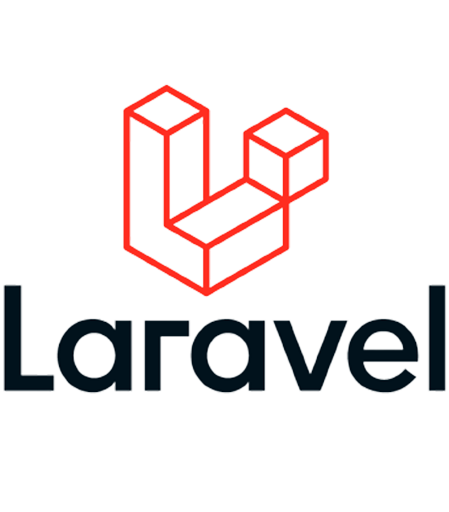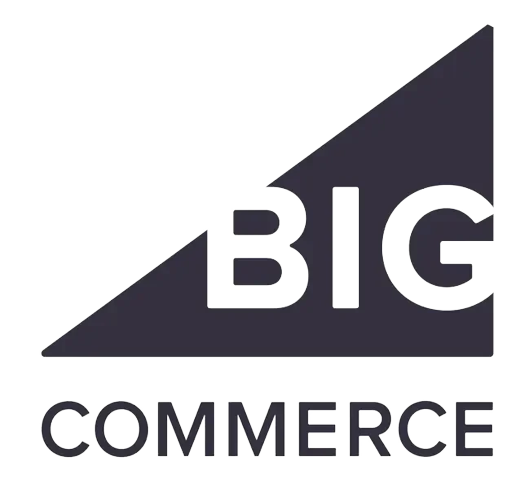by Digital
Share
by Digital
Share
If a farmer dies during the 9-year period, any remaining amounts not yet deducted are deducted in the year of death. Assume the same facts as in Example 1 except that $1,850 of the $2,400 assessment is for digging drainage ditches and $550 is for depreciable equipment. The total amount assessed by the district against all its members for depreciable equipment is $5,500.
Discover more from IRS Fresh Start Initiative IRS Fresh Start Program
Whether you’re a self-employed farmer or managing a larger operation under a merit-based structure, filing Schedule F correctly is critical. By avoiding these mistakes, you ensure smooth compliance and maximize the benefits of federal tax rules. Both methods are valid under federal tax filing rules, but the choice can impact your tax liability significantly. If unsure, consult a professional to align your filing with the Internal Revenue Service (IRS) requirements. Carefully review every entry on Schedule F for completeness and accuracy.
Step 5: Deduct farm-related expenses
These amounts are usually reported to you on Form 1099-G. You may also receive Form CCC-1099-G from the Department of Agriculture showing the amounts and types of payments made to you. Show patronage dividends received in cash and the dollar amount of qualified written notices of allocation. If you received property as patronage dividends, report the FMV of the property as income.
We focus on advice consulting business financials Contact with us
- If you can’t claim at least $750 at the end of a quarter, you carry the amount over to the next quarter of your tax year to determine if you can claim at least $750 for that quarter.
- If you’re involved in a rental or crop-share lease arrangement that isn’t included in self-employment income, any loss from these activities may be subject to the limits under the passive loss rules.
- If you are the sole member of a domestic LLC engaged in the business of farming, file Schedule F (Form 1040).
- This can result in significant tax savings, which can be reinvested into the farm, bolstering sustainability and growth.
On Schedule F, you will describe your farming operation, which could range from crop production to livestock breeding. Most farmers opt for the cash method, which records income and expenses when received or paid, but some may use the accrual method, which records income and expenses when they are earned or incurred, respectively. Furthermore, Schedule F permits the immediate expensing certain capital costs instead of spreading the expenses over time through depreciation. This can significantly reduce taxable income when those costs are incurred. In addition, the form allows farmers to deduct ordinary and necessary business expenses, such as feed, seed, fertilizers, and utilities—expenses unique to the agriculture industry.
If you aren’t filing Form T (Timber), attach a statement to your return with the following information. This limit doesn’t apply if you meet one of the exceptions described later. See chapter 2 for a discussion of the Cash Method of accounting. You must include these benefits in income in the year you receive them. You can’t postpone reporting them under the rules explained earlier for weather-related sales of livestock or crop insurance proceeds. Report the benefits on Schedule F, Part I, as agricultural program payments.
Who Can File Schedule F?
For section 1231 transactions, show these expenses as depreciation on Form 4797, Part III, line 22. For plant sales that are reported on Schedule F (Form 1040), Profit or Loss From Farming, this recapture rule does not change the reporting of income because the gain is already ordinary income. You can use the farm-price method discussed in chapter 2 to figure these expenses. You paid $200,000 for land used in your farming business.
- Special rules apply to like-kind exchanges between related persons.
- See chapter 13 for more information on Employment Taxes.
- When you’re a Pro, you’re able to pick up tax filing, consultation, and bookkeeping jobs on our platform while maintaining your flexibility.
- You can’t deduct the base rate (including taxes) of the first telephone line into your residence, even if you use it for your farming business.
Which Depreciation Method Applies?
Land, buildings, major equipment, and breeding, sport, and dairy livestock are considered long-term assets and sales are reported on Form 4797. You may be able to claim a credit or refund of the excise tax on fuels you use for nontaxable uses. The basic rules for claiming credits and refunds reporting farming income on schedule f are listed in Table 14-2. Off-highway nonbusiness (taxable) use of fuel includes use in minibikes, snowmobiles, power lawn mowers, chain saws, and other yard equipment. If doubt exists whether the owner, tenant, or operator of the farm bought the fuel, determine who actually bore the cost of the fuel.
Basis of Assets
If you sell depreciable property to a related person and the sale is an installment sale, you may not be able to report the sale using the installment method. The definition of related parties differs based on which of these applies. For more information, see Related Person under Sale to a Related Person in Pub. Generally, any gain on the disposition of this property is treated as ordinary income reported on Part II of Form 4797.
Neither the cost allocated to the cow nor the cost allocated to the calf is deductible as a current business expense, however, you may be able to take a deduction for depreciation for the cow. The tax treatment for the basis of the cost allocated to the calf will depend on producer’s intent. If you pay the real estate taxes the seller owed on real property you bought, and the seller did not reimburse you, treat those taxes as part of your basis. If the seller reimburses you for the portion of real estate taxes from the time they owned the property, reduce your deductible real estate tax expense by the amount of the reimbursement.
You are an individual and the uniform capitalization rules apply to your farming business. You must capitalize the direct costs and an allocable part of indirect costs incurred due to the production of the trees. You are not required to capitalize the costs of producing the annual crop because its preproductive period is 2 years or less. During the year, you incurred $10,000 of deductible soil and water conservation expenses. However, your deduction is limited to 25% of $32,000, or $8,000. The $2,000 excess ($10,000 − $8,000) is carried over to 2025 and added to deductible soil and water conservation expenses made in that year.
You can choose to report all of your gain in the year of sale. The applicable percentage of the excluded cost-sharing payments to be reported as ordinary income is based on the length of time you hold the property after receiving the payments. If the property is held less than 10 years after you receive the payments, the percentage is 100%. After 10 years, the percentage is reduced by 10% a year, or part of a year, until the rate is 0%. Section 1231 gains and losses are the taxable gains and losses from section 1231 transactions (explained below).
STAY IN THE LOOP
Subscribe to our free newsletter.
By grasping the fundamental principles and applications of flow nets, engineers can unlock new possibilities for safe, efficient, and environmentally responsible design. In this blog post, we will delve into the world of flow net in soil mechanics, exploring its principles, applications, and benefits. You will learn how flow net is used to analyze soil
Opportunitiesの意味・使い方・読み方 Weblio英和辞書 Food expenses need to be included, which are approximately $100 a week, totaling $5,200 per year. Finally, we assume the student is responsible for books and fees, which come to $1000 per year. Totaling all the expenses for the student while earning their MS degree over 2 years, barring any extenuating circumstances is
Accrued Revenue vs Deferred Revenue: Accounting Explanation We also offer managed accounting services to help optimize your financial operations. One of the biggest challenges is dealing with complex transactions and contracts. Think subscription services with different billing cycles, tiered pricing, or bundled offerings. Understanding the nuances of each contract is crucial for correctly classifying and
With their technical expertise in taxation empowerment given by the US Department of the Treasury, they can represent taxpayers before all administrative levels of the Internal Revenue Service (IRS). Doing your taxes isn’t always easy, especially if you’re a freelancer or a small business owner with specific tax needs. An enrolled agent can help you




















